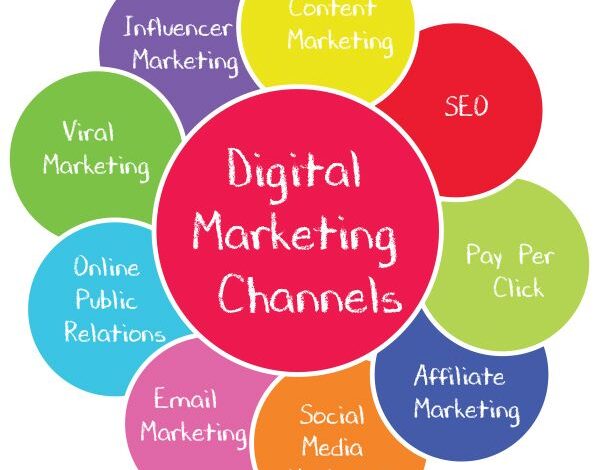Choosing the right channel to promote your product or service can feel overwhelming in today’s market. With a vast array of options available, from social media to content marketing and paid advertising, it’s easy to feel lost in the mix. But fear not! Here at GrowGraphs, we’re here to equip you with a powerful 5-step framework to guide your marketing strategy and ensure you reach the right audience, on the right channels, at the right time.
powerful 5-step framework to guide for channel success
Step 1: Define Your Target Audience – Know Who You’re Talking To
The foundation of any successful marketing strategy is a deep understanding of your target audience. This goes beyond basic demographics like age, income, and location. You need to delve deeper and understand their:
- Pain Points and Challenges: What are the problems your product or service solves? What keeps your ideal customer up at night?
- Behaviors and Online Habits: Where do they spend their time online? What information sources do they trust?
- Buying Journey: How do they research products and services like yours? What influences their purchasing decisions?
By creating a detailed buyer persona that captures these aspects, you gain invaluable insights into how your target audience consumes information and makes purchasing decisions. This information will be crucial for selecting the most effective channels for reaching them.
Step 2: Assess Your Product or Service – Highlighting Strengths
Next, take a good look at what you’re offering. What makes your product or service unique? What are its key features and benefits? How do these strengths differentiate you from your competitors?
Consider the type of content that would best showcase your offering. For example, if you have a visually appealing product, high-quality images and videos might be a good fit for platforms like Instagram or Pinterest. Conversely, if your product is complex and requires detailed explanation, in-depth blog posts or whitepapers might be more effective.
Step 3: Analyze Competitors and Industry Trends – Stay Ahead of the Curve
Staying informed about your competitors’ marketing strategies and broader industry trends is vital. Conduct a SWOT analysis (Strengths, Weaknesses, Opportunities, Threats) to assess your competitive landscape.
- Strengths: Identify what your competitors are doing well. What channels are they using? What type of content are they creating?
- Weaknesses: Look for areas where your competitors might be falling short. Can you capitalize on these gaps in their strategy?
- Opportunities: Explore emerging trends in your industry. Are there new marketing channels you could leverage? Are there changing customer needs you can address with your product or service?
- Threats: Identify potential risks such as new entrants to your market or significant changes in consumer behavior.
By staying up-to-date on industry trends and competitor strategies, you can ensure your marketing mix remains relevant and effective.
Step 4: Evaluate Channel Options and Resources – Choosing the Right Tools
Now that you understand your target audience, your product/service strengths, and the competitive landscape, it’s time to explore the various marketing channels available. Here are some key factors to consider when evaluating each option:
- Reach: How many potential customers can you reach through this channel?
- Cost: What are the associated costs of using this channel (e.g., advertising fees, content creation)?
- Control: How much control do you have over your message and targeting options on this channel?
- Alignment with Resources: Do you have the necessary resources (e.g., time, budget, skills) to effectively utilize this channel?
Some popular marketing channels include:
- Social Media Marketing: Connect with your audience on platforms like Facebook, Instagram, Twitter, or LinkedIn.
- Content Marketing: Create valuable and engaging content (e.g., blog posts, videos, infographics) to attract and educate your target audience.
- Search Engine Optimization (SEO): Optimize your website and content to rank higher in search engine results pages (SERPs) for relevant keywords.
- Pay-Per-Click (PPC) Advertising: Reach a wider audience by running targeted ads on search engines or social media platforms.
- Email Marketing: Build relationships and nurture leads through personalized email campaigns.
Step 5: Test and Optimize Channel Performance – Continuous Improvement
Marketing is not a set-it-and-forget-it exercise. The key to success lies in ongoing testing and optimization. Track key performance indicators (KPIs) specific to each marketing channel you utilize. These KPIs might include website traffic, engagement metrics (likes, shares, comments), conversion rates, or lead generation.
By analyzing your data, you can identify what’s working and what’s not. This allows you to refine your content strategy, adjust your budget allocation across channels.
Empower your marketing strategy with our exclusive 5-step framework, designed to target the right audience, on the right channels, at the perfect moment. Visit http://growgraphs.com now!





